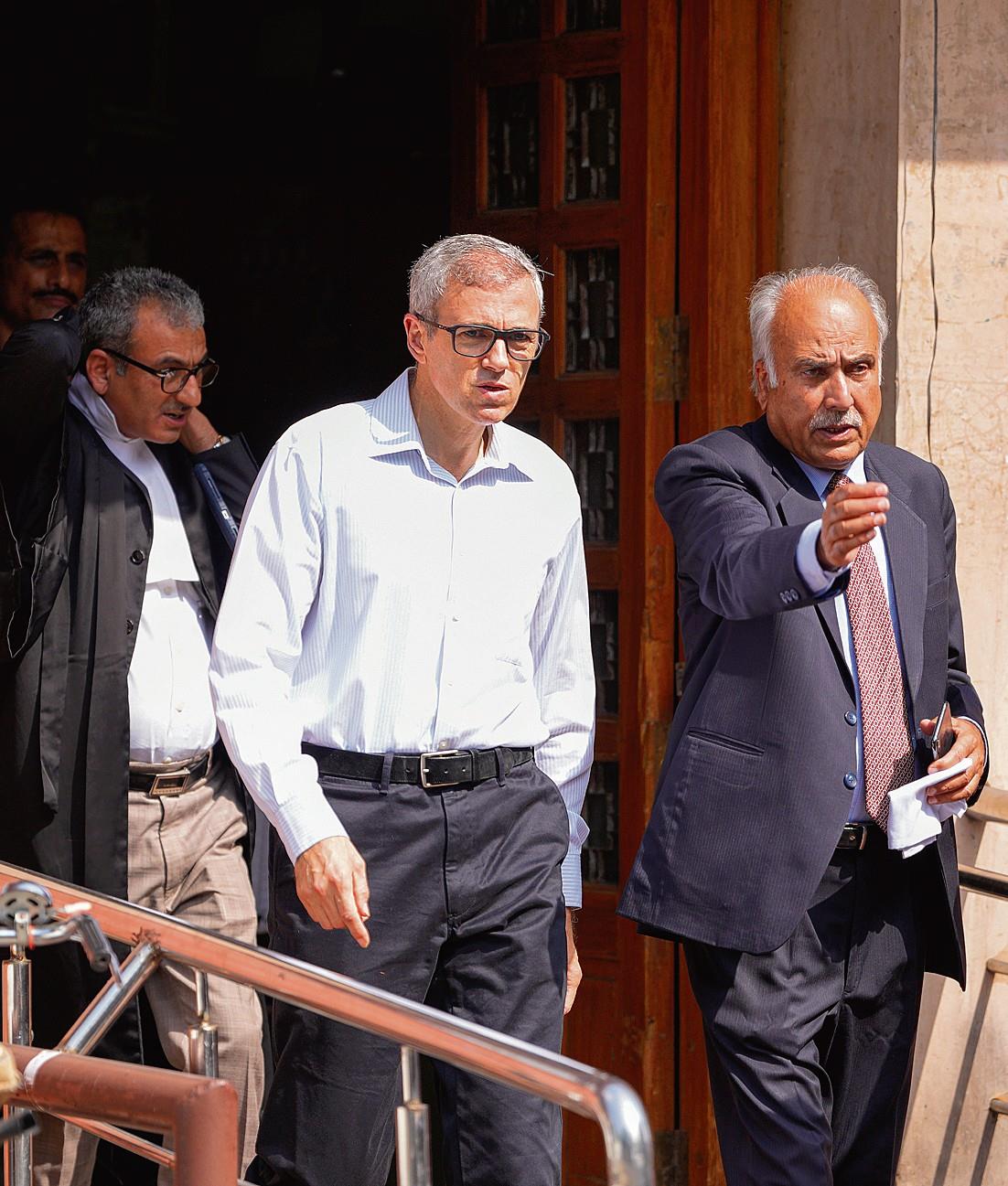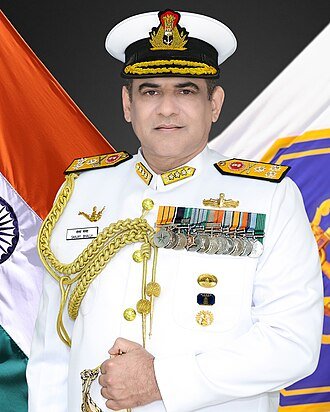
According to an Indian embassy official, two Indian navy ships, the INS Kolkata guided missile destroyer and INS Sahyadri frigate, have docked in Papua New Guinea’s capital, Port Moresby, for a two-day visit.
The embassy stated that this visit aims to enhance maritime cooperation and security in the region. India, holding the rotating presidency of the G20, will participate in the Quadrilateral Security Dialogue (Quad) naval exercises in Australia alongside Japan and the United States.
The presence of these ships highlights the strategic importance of Papua New Guinea to global superpowers like the United States and China and their allies. The Quad countries are seeking to prevent Pacific Island nations from forming security ties with China, which has raised concerns amid tension over Taiwan and China’s security pact with the Solomon Islands. In May, Papua New Guinea struck a defense agreement with the United States.
Pacific Island leaders have stated that rising sea levels due to climate change are their top security priority, given that their territories cover 40 million square kilometers of ocean. The recent naval port call follows Indian Prime Minister Narendra Modi’s visit to Papua New Guinea in May, where he attended a summit meeting of Pacific nations. Several other world leaders, including those from France and Indonesia, along with senior U.S. and British officials, have also visited PNG recently.
Michael Green, CEO of the United States Studies Centre at the University of Sydney, noted that the Pacific Islands have historically gained attention during major transitions in international relations, citing their significance during the 1921-22 Washington Naval Treaties after World War One.
After World War II, the U.S. was “determined to keep the former Japanese islands out of the Communist bloc because they were critical to protecting the southern flank below Japan and above Australia,” he said. With China’s rise, Pacific Islands airfields and undersea cables have again come into play, he added.
China is PNG’s largest trading partner. Director of the Pacific Islands Program at the Lowy Institute think-tank, Meg Keen, said the recent push by China into security has “raised concern among Western countries with strong national interests in the region”.
“The U.S. is trying to secure a bilateral security agreement with PNG and show it is in the region to stay and will make a positive difference. To date its engagements have been modest,” she said.
Pacific Island nations have welcomed the additional interest from the West but will continue to engage with China, she said.
“The Pacific will want more than Pacific frequent flyers, they want genuine partnerships that deliver results,” she added.






































































